From A to Z
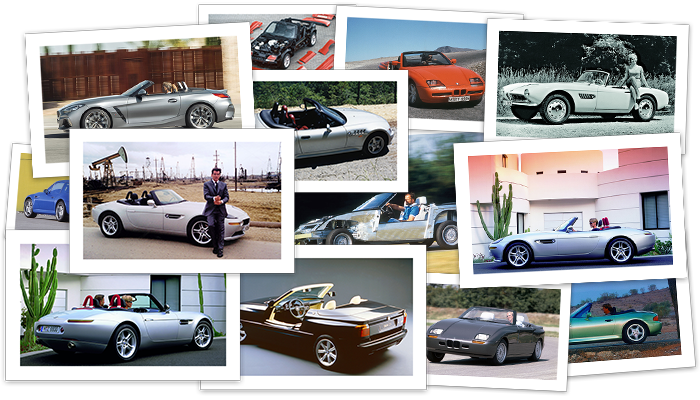
The history is rich when it comes to the BMW Z Series, an innovative and fascinating line of roadsters that have been produced in four different series with six generations. Those consist of the roadster ,coupe, sports car and concept variants.
Dating back to the 1980s, this legendary lineup not only launched a whole new movement but initiated a welcome revival of the traditional sports car.
The Z in Z1 stands for zukunft, fittingly the German word for future. Later cars in the Z Series are the Z3, Z4 and Z8, all of which were available as 2-seat convertibles, although some models were also available as 2-seat coupes.
A look back…
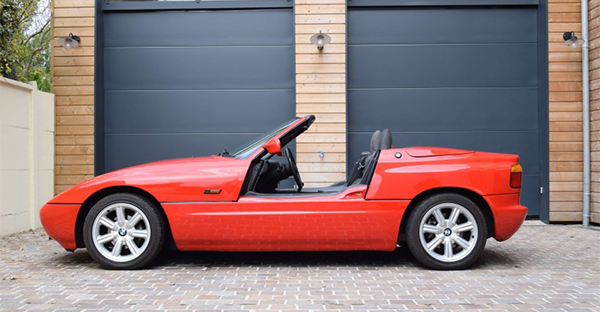
The BMW Z1
Rooted in innovation and boasting a new shape, this two-seat roadster, developed by BMW and produced from March 1989 to June 1991, was based on the E30 3 Series platform. It is known for its unique design made clear in unusual doors, which instead of opening outward or upward, drop down into the door sills. Body panels that can easily be removed and replaced (in just 30 minutes) are among its other interesting design elements. At the heart of this veihlce was the 170 hp straight-six engine from the BMW 325i. The Z1 boasted superb handling based on a new multi-link axle comprising two transverse control arms and one longitudinal control arm.
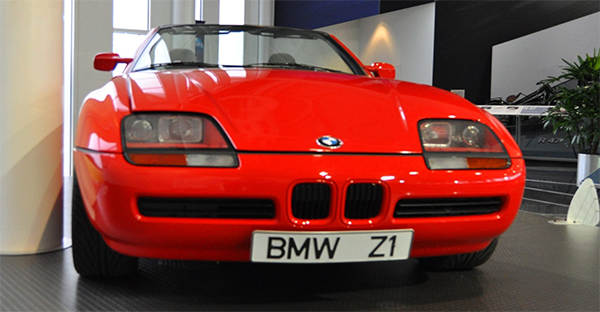
Only 8,000 of these vehicles were produced, with its run ending in June 1991.
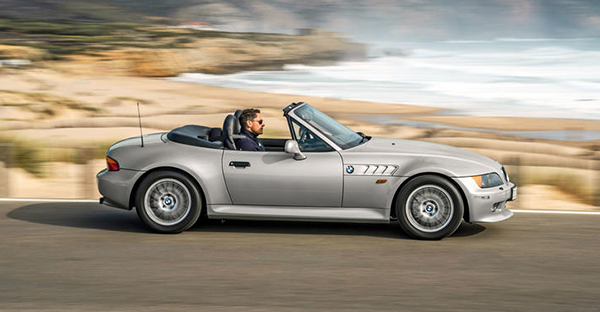
The BMW Z3
The first modern mass-market roadster produced by the German automaker, the Z3 made its introduction for the 1996 model year after being featured in the James Bond movie “GoldenEye.” It was unveiled as a successor to the Z1. By the time the car was presented, over 15,000 were sold. The vehicle, which did not include the unique doors of the Z1, did undergo a facelift in 1999. This was brought forth with the introduction of the coupe bodystyel and featured revised styling before rounding out its production run in 2002. Its controversial style earned it the nickname “clown shoe.” It was the first BMW to be built outside of Germany, with production taking place in an all-new plant in South Carolina.
At its launch, this model was available with a 1.8-litre engine developing 115 hp or a 1.9-litre engine with an output of 140 hp. Not particularly powerful, BMW eventually added stronger, more powerful motors with the 2.2, 2.8 and 3.0-litre, giving the Z3 the boost it needed.
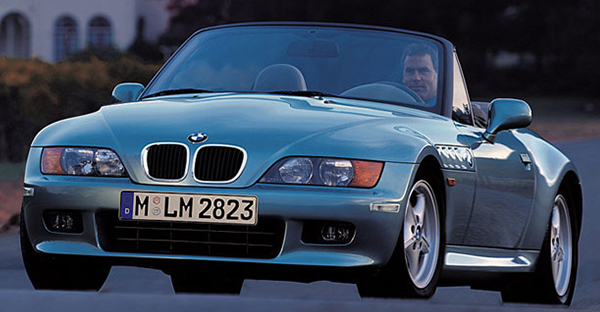
It was in 1997 that BMW launched the Z3 M Roadster with the 321 hp 3.2-litre straight-six engine from the M3. Coupled with huge wheels, flared arches and mirrors and dials exlucisve to M, this model did not fare as well as the Z3 M Coupe, which featured wonderful handling and is considered the ultimate Z3.
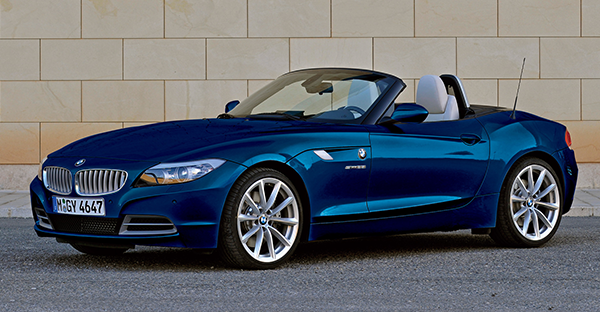
The BMW Z4
It was in October 2002, after the resounding success of the Z3, that BMW began producing an all-new Z4 Roaster. The initial models had six cylinder engines and came in a variety of pleasing colors. M versions of the Z3 and Z4 have been produced and several racing teams have utilized these models in both amateur and professional racing series. The Z4 M Roadster and the Z4 M Coupe, which arrived in 2006, had power sourced from the six-cylinder engine of the BMW M3. With 343 hp avaialble, the Z4 M could hit an impressive top speed of 155 mph.

The Z4 had a model refresh in 2009, replacing the fabric convertible top with a retractable hardtop along with other aesthetic design changes. But ultimately less than 100,000 cars were produced and therefore BMW ended its production after 14 years. It went on to reintroduce a new Z4 that began as a concept car before finally becoming available in 2019. The new generation is available only as a soft top roadster and has three engine options: a 2 liter, a 2 liter turbocharged and a 3.0 liter turbocharged. The power output ranges from 197 to 384 and the new Z4 is also longer and wider, but with a shorter wheelbase. This results in the vehicle being extremely agile in the corners.

The BMW Z8
Produced from 2000-2003, the BMW Z8 got its power from a 5.0-itre V8 engine that produced 400 hp and was mated to a six-speed manual gearbox. Although not considered the ultimate driving machine, this vehicle became a collector’s item and featured retro undertones and keen styling.
The Z8 was the production variant of of the 1997 Z07 concept car. The Z07 paid homage to the 507 roadster of the 1950s. The limited production of the Z8 resulted in about 5,700 cars.
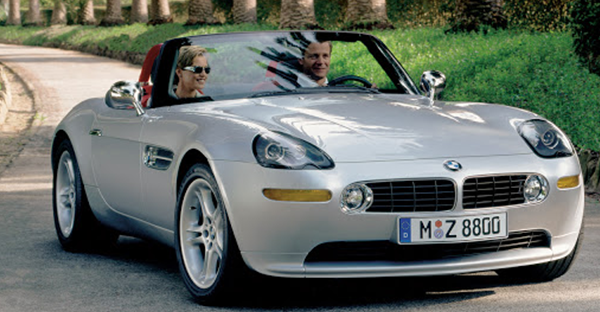
The Alpina did its best work on the Z8, which ultimately became the Alpina Roadster V8, with a 4.8-litre V8 engine that was fitted in place of the standard car’s 5.0-litre unit. It produced 381 hp and delivered a more relaxed and smoother drive.
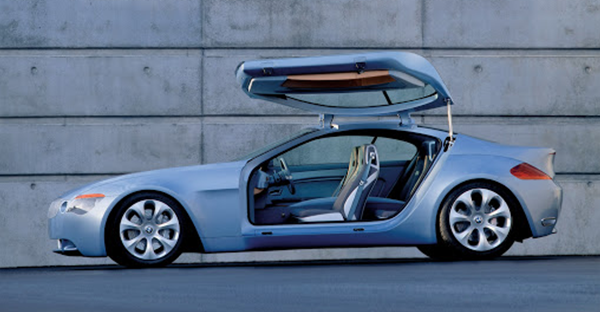
The BMW Z9 (concept)
A four-seat concept coupe introduced at the 1999 Frankfurt Auto Show, the BMW Z9 was brought forth in later years with a convertible variant. With its unique gull-wing doors, considered its most striking feature, the Z9 was innovative due to its early concept of the BMW’s iDrive system. Also much of the styling found on the E63 6 Series is also derived from the Z9. With its long hood and short rear deck, this concept holds true to the hallmarks of BMW’s sport coupe design. While the Z9 did not make it into production, many of its innovations surely did.
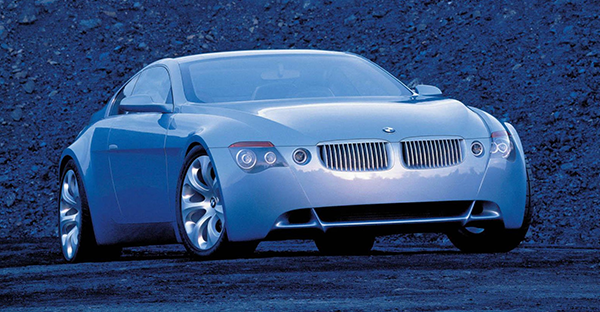
This line of roadsters has a rich history, unique, futuristic design elements and is considered both innovative and fascinating. The legendary lineup presented a whole new look when it came to sports cars. Take a look back — from A to Z!